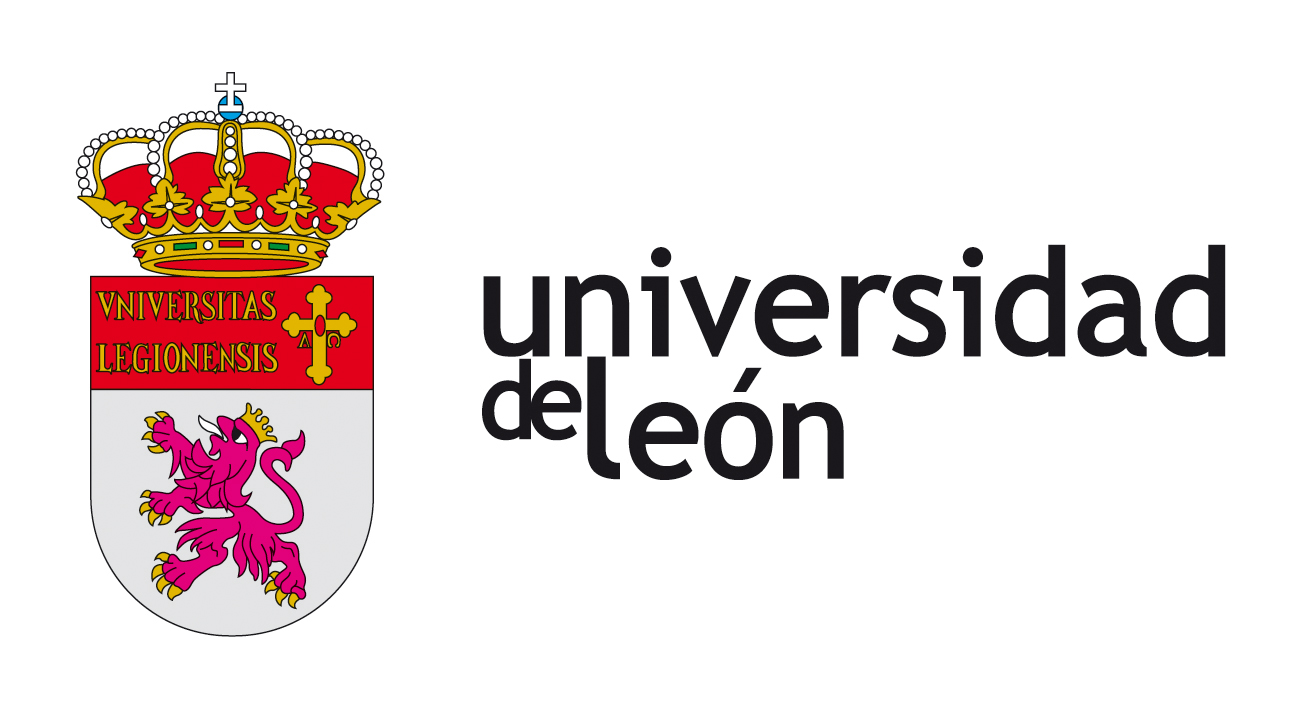Ciencia y ocupación del territorio en las Islas Shetland del Sur (Antártida Marítina): implicaciones territoriales y ambientales de las bases científicas = Science and land occupation in the South Shetland Islands (Maritime Antarctica): territorial and environmental implications of the scientific bases
DOI:
https://doi.org/10.18002/pol.v0i10.558Palavras-chave:
Bases científicas, población, impacto humano, alteraciones ambientales, islas Shetland del Sur, Antártida, Scientific act, environmental alteration, South Shetland Island, AntarcticaResumo
En las Islas Shetland del Sur se ubican diecisiete bases científicas pertenecientes a doce naciones. Con una capacidad próxima al millar de personas, que implica una fuerte presión estival sobre el medio por el incremento de científicos, visitantes y turistas, en invierno queda reducida a menos de doscientas. La red de asentamientos responde a intereses políticos y geoestratégicos hasta los años setenta y posteriormente a los interéses logísticos y científicos, con una una tendencia a concentrarse en la isla Rey Jorge. Las bases son asentamientos muy heterogéneos tanto por su tipología como finalidad y evolución y responden a la historia y visicitudes de los programas antárticos nacionales. Las alteraciones e impactos de las bases de las Shetland del Sur poseen una entidad regional sin repercusiones continentales ni globales, centrados en las zonas libres de hielo de su entorno.
Science and settlement in South Shetland Island (maritime antarctic). Territorial and environmental involvements of scientific stations. In the South Shetland Island there are17 scientific stations of 12 differents nations. They have one thousand persons of capacity, reduced in winter to aproximatly two hundred persons. The scientific population, visitors and tourist, have an important influence on environment. The scientific stations net have been formed by politic and geostrategic interest, until seventy years, and logistic and scientific interest in eighty and ninety years. The scientific station are very heterogeneous by tipology, evolution and objetive, and they are the answer to the history and evolution of the national antarctic programs. The impacts and alterations of scientific stations have a regional scale and they are concentrated in the setting of ice free zones.
Downloads
Métricas alternativas
Referências
ARAMAGO, C. (1949): Historia de la Antártida. Buenos Aires. Ed. Hemisferio
CALVO, A. (1992): La Antártida. Catedral del hielo. Madrid.McGraw-Hill
CASTELLVÍ, J. (1996): Yo he vivido en la Antártida. Madrid. Círculo de Lectores.
HEADLAND, R.K. (1989): Chronological list of Antarctic expeditions and related historical events. Studies in Polar Research. Cambridge. Cambridge University Press.
KIRWAN, L.P. (1965): Historia de las exploraciones polares. Barcelona. Caralt.
LÓPEZ MARTÍNEZ, J. (1998): «La frontera sur del planeta. España en los mares antárticos», en Foro de debate sobre el mar y sus problemas, Madrid, Sociedad estatal Lisboa 98, pp. 347-366
LÓPEZ MARTÍNEZ, J. (2000): «La investigación científica y el medio ambiente en la Antártida. Estructura de la actividad antártica española», en Aproximación estratégica española a la última frontera: La Antártida. Monografías del CESEDEN, nº 37. Madrid. Centro Superior de estudios de la defensa Nacional, pp. 21-60.
MACKENZIE, G. (1988): «The Austral Crescent», Antarctic Journal of the United States, 23(4) pp. 7-13.
MARTÍNEZ DE PISÓN, E. Y CASTELLVÍ, J. (1993): «La investigación científica en la Antártida», Cuadernos Jurídicos, 12, pp. 52-55.
MARTÍNEZ DE PISÓN, E. (1991): «La Antártida, un continente sin dueño», Cuenta y Razón, nº 56-57, pp. 129-131.
MAY, J. (1989): El libro GreenPeace de la Antártida. Barcelona. Green Peace.
NOGUEIRA, C. (1997): Viaje a la Antártida. Vida y secretos de un continente amenazado. Madrid.Alianza editorial.
POUPIN, M., BURGOS, L. (1994): «Asentamientos antárticos, un desafío para la relación sociedad-naturaleza», Boletín Anártico Chileno INACH, vol. 13 nº2, pp.2-7.
PURI, R. (1997): Antarctica. A natural reserve. A study in international environmental politics. Shimla. Indian Institute of advanced study.
RAKUSA-SUSZCZEWSKI, S. ED. (1993): The maritime antarctic cosatal ecosystem of Admiralty bay. Varsovia. Dpto. of Antarctic Biology, Polish Acad- emy of Sciences.
SERRANO, E. (2001): «Hielo, montañas, mar y fauna. El turismo en las islas Shetland del Sur (Antártida marítima)», Revue de Geographie Alpine, Monográfico Montagnes et Turisme (en prensa).
SIMMONS, I.G. (1996): Changing the face of the Earth. Culture, Environment, History. Cambridge, Blackwell Publisher.
VÍCTOR, P.E. (1965): El hombre a la conquista de los Polos. Barcelona. Ed. Destino.
Downloads
Publicado
Como Citar
Edição
Secção
Licença
Direitos de Autor (c) 2015 Polígonos. Revista de Geografía

Este trabalho encontra-se publicado com a Licença Internacional Creative Commons Atribuição-NãoComercial-CompartilhaIgual 4.0.
Los autores que publican en esta revista están de acuerdo con los siguientes términos:
- Los autores ceden de forma no exclusiva los derechos de explotación (reproducción, distribución, comunicación pública, transformación) a las Universidades de León, Salamanca y Valladolid, que lo pondrán a disposición pública en la página web de la revista (http://revpubli.unileon.es/ojs/index.php/poligonos/index) y en el repositorio propio Bulería (https://buleria.unileon.es/handle/10612/374)
- Los autores pueden establecer, por separado, acuerdos adicionales para la distribución no exclusiva de la versión de la obra publicada en la revista (por ejemplo, alojarlo en un repositorio institucional o publicarlo en un libro), comunicándolo al Equipo Editorial y con un reconocimiento explícito de su publicación inicial en Polígonos. Revista de Geografía.
- Este trabajo se encuentra bajo la Creative Commons Attribution-NonCommercial-ShareAlike 4.0 International License. Puede consultarse desde aquí la versión informativa y el texto legal de la licencia.
- Los autores se compromentes a aceptar las sugerencias de los Evaluadores externos o del Equipo Editorial. En caso de discrepancia con las mismas, los autores deben justificar debidamente su propuesta.
- Se permite y se anima a los autores a difundir electrónicamente las versiones post-print (versión evaluada y aceptada para su publicación) de sus obras, ya que favorece su circulación y difusión y con ello un posible aumento en su citación y alcance entre la comunidad académica.









